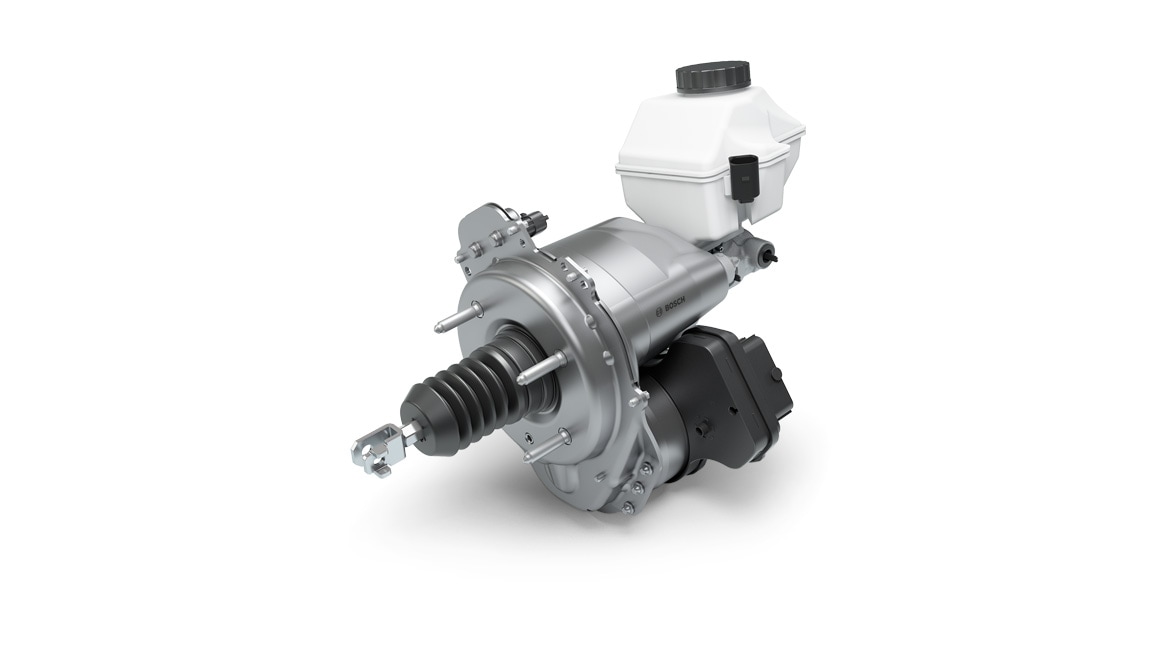Again, please stop making sh!t up.
I'm not.
I'm pointing out your examples make no actual sense.
if that upsets you provide less delusional examples.
You do not know if they tested the firmware against cars with the hardware or not.
I know you don't put firmware support into
production for hardware you have no intention of deploying
to production
And despite being asked 3 times to give any reason you
would do that you've been unable to provide any.
Assuming to much... there is a saying about that.
Yes- which describes much of what you have ASSUMED about what Green said, instead of the actual things he said and why he said them.
For Tesla to test whatever Tesla needed to test... I know you have a hard time understanding that.
I have a hard time understanding why you don't know you test in
dev versions- not production.
You don't move to production until or unless you anticipate using the supported thing
in production
That's part of the point of
having dev versus production builds.
Alpha tests of totally speculative things don't go into PRODUCTION software.
His tweet was more along the lines of not IF but WHEN
Never is a when of course.
Do you also need time explained to you?

Anyway- all of this continues to get vastly far afield of the
fact the current production firmware....(and production firmwares going back to at least mid-2020) have
exceeded the available compute on a single node of HW3.
Meaning they can't run the nodes redundantly.
Meaning with the current architecture and compute needs of the system- HW3
can not support L3+ driving.
It's possible Tesla will toss most of the current stuff out and do Yet Another Rewrite of course. At which point we've no idea the compute needed or not.
It's also possible the current path turns out to be the right one, but the compute requirements are simply too high for HW3 single node (which we're already at)--- then the question is are they too high for HW3 using BOTH nodes or not.
If not, then everyone with FSD get a free upgrade to HW4 and we're done.
If the compute requirements ARE too high for both nodes of HW3 then... we're back having no real idea how much compute is needed...and no idea if HW4 will be able to run it single node or not....
(and even worse, for Tesla, that'd leave them with no idea how much compute they need to design HW5 for)
So ideal situation is they're able to get legit >L2 working within the confines of the two nodes on HW3.
In that case non-FSD folks can be left on HW3 and everyone else 4 fixes em right up.



